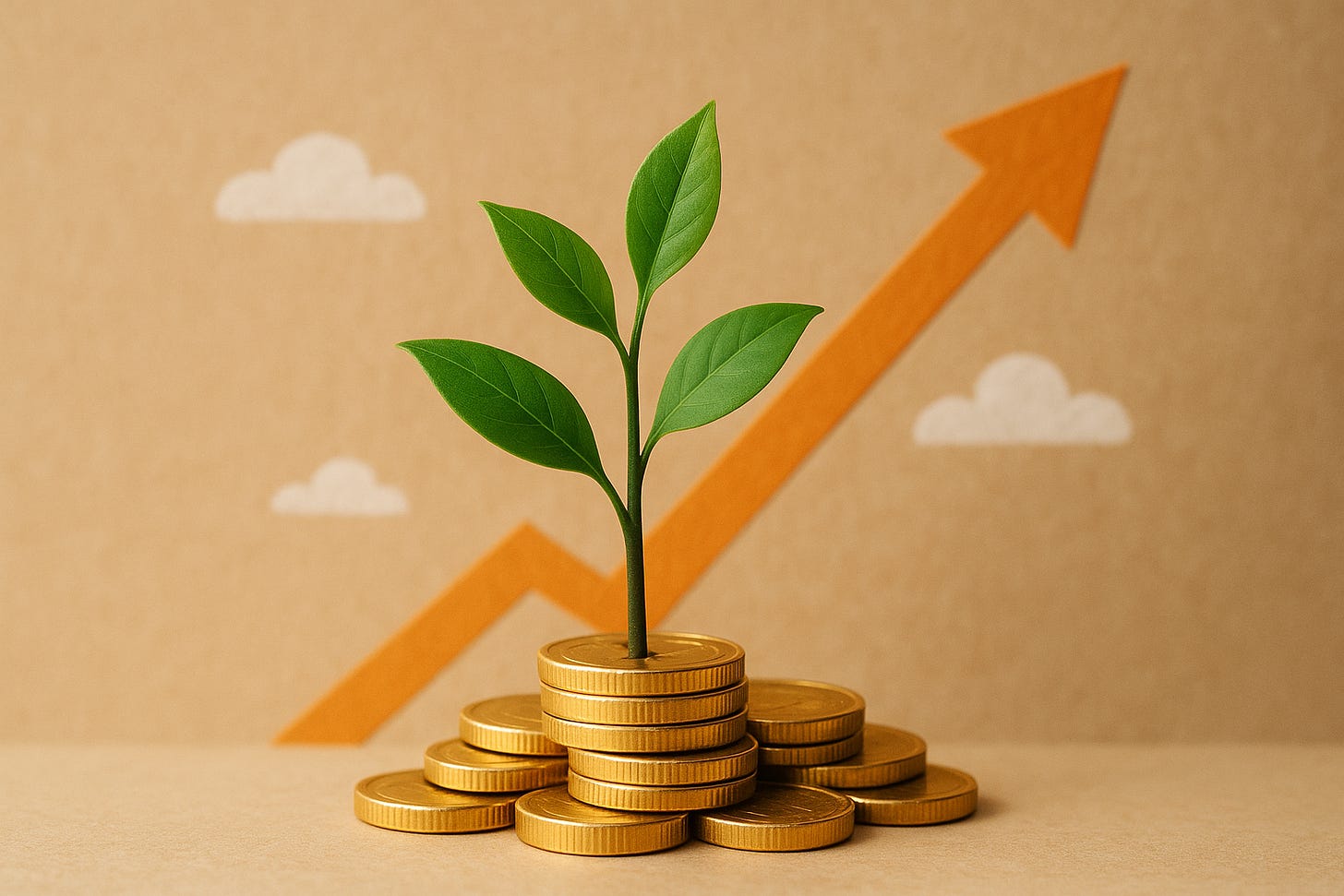Is Virality Really Organic? Most Growth Is Actually Paid
Nothing Just Takes Off Like A Rocket Anymore
We’ve all heard the stories: the scrappy startup that launched a clever campaign, went viral overnight, and suddenly had millions of customers. Or the indie creator whose video "blew up" on social media and made them an internet star.
It’s a nice idea—that viral success happens purely by merit, driven by the organic magic of the internet. But here’s the truth that most people won’t tell you: virality is rarely organic. In fact, most of today’s so-called “viral” growth is heavily engineered—and often backed by paid promotion.
Let’s peel back the curtain on how this really works.
The Myth of Organic Virality
On the surface, it still looks possible to "go viral" just by posting great content at the right time. And yes—once in a while, a random post genuinely takes off with no money behind it. But these are the exceptions, not the rule.
In reality, most successful "viral" growth is carefully planned, strategically launched, and supported by paid media.
Why? Because platforms aren’t in the business of giving away free visibility anymore. Algorithms now prioritize content that’s already getting traction—or that’s backed by ad spend. The organic reach that used to exist 10 years ago has been throttled, especially on platforms like Facebook, Instagram, and even YouTube.
If you’re hoping your content will go viral "organically," you’re essentially playing the lottery—and the odds aren’t in your favor.
The Paid Engine Behind "Organic" Growth
Here’s how the game really works:
Seed with Paid Ads
Brands and creators use targeted ads to get early traction. The goal is to hit a critical mass of views, likes, or shares that will catch the algorithm’s attention.Leverage Influencers
Many viral campaigns are launched with help from influencers or micro-influencers—sometimes paid, sometimes gifted—who amplify the message in an “organic” way.Trigger the Algorithm
Once early engagement is high enough, platforms notice and start surfacing the content more broadly. Now the algorithm does some of the heavy lifting—but only because paid dollars got things started.Snowball Effect
If the content is genuinely good or shareable, organic momentum builds on top of the paid seed. But without that initial boost, many campaigns would simply fizzle out unseen.
Why This Matters for Entrepreneurs and Creators
If you’re building a brand, launching a product, or trying to grow an audience, it’s important to be realistic about how virality works today.
You need a budget. Even a small amount of paid spend can dramatically improve your chances of gaining traction. Hoping for purely organic growth isn’t a strategy—it’s wishful thinking.
Great content still matters. Paid spend can help you get seen, but it won’t save bad content. You need something worth watching, sharing, or talking about to sustain real growth.
Influencers are part of the game. Strategic partnerships with influencers can help kickstart organic buzz—but again, this is rarely free.
Algorithms aren’t your friend. Platforms are designed to prioritize revenue, not your content. Don’t assume quality alone will carry you—you need to play the game.
The Bottom Line: Virality Is Manufactured
It might feel disheartening to realize that most viral growth isn’t truly organic. But here’s the flip side: it means you can engineer virality—if you understand the system and use the right levers.
It’s not just luck anymore. It’s strategy. Smart marketers know how to seed content, trigger algorithms, and create the appearance of “organic” growth—backed by a plan (and a budget).
So if you’re chasing viral success, stop waiting for lightning to strike. Be prepared to invest—both creatively and financially—in making it happen.
Because in today’s world, most “overnight” successes have been months in the making—and more than a little bit paid.




